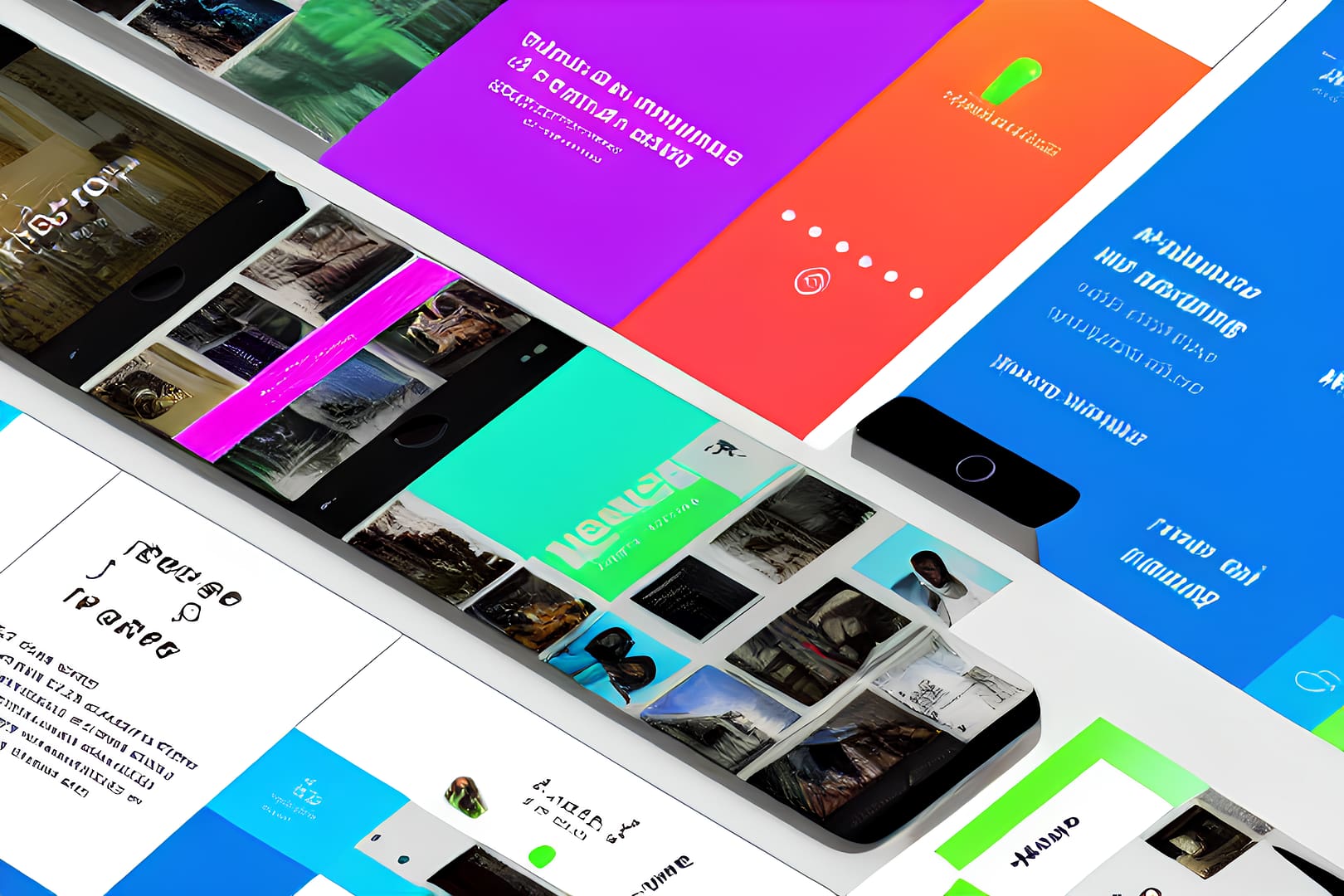The Metaverse is a term to describe a virtual world that is immersive and interactive, where users can create and experience a wide range of activities and scenarios. It is a concept that has been explored in science fiction for decades, but it is now starting to become a reality thanks to advances in virtual reality, augmented reality, and artificial intelligence.
It is not just a single virtual world, but rather a network of interconnected virtual environments that can be accessed from anywhere in the world. It is a place where users can create and customize their own avatars, communicate, and socialize with others in real-time, and participate in a wide range of activities and experiences. It is also a place where users can buy, sell, and trade virtual goods and services using blockchain technology, enabling them to own and control their own virtual assets.
Table of Contents
Key Features of the Metaverse
The Metaverse is characterized by a number of key features, which include:
- Immersive and interactive 3D environments: The Metaverse is designed to be as realistic and immersive as possible, with highly detailed and interactive 3D environments that users can explore and interact with. These environments can range from realistic landscapes and cities, to fantastical and futuristic worlds, and can be customized and created by users themselves.
- Personalized avatars and identities: Users in the Metaverse can create and customize their own avatars, which are digital representations of themselves that they can use to interact with others. These avatars can be as simple or as detailed as the user desires, and can be customized with different clothes, accessories, and animations.
- Real-time communication and social interaction: The Metaverse is a social space, where users can communicate and interact with each other in real-time. This can be done through voice and text chat, as well as through gestures and other nonverbal communication. The Metaverse also enables users to form groups and communities, and to participate in a wide range of social activities and events.
- Ability to buy, sell, and trade virtual goods and services: The Metaverse is not just a place for socializing and entertainment, but also for buying, selling, and trading virtual goods and services. Users can use blockchain technology to own and control their own virtual assets, such as virtual real estate, art, and collectibles. This enables users to participate in decentralized marketplaces, where they can buy and sell their virtual assets using cryptocurrencies or other forms of digital currency.
- Integration with the physical world: The Metaverse is not isolated from the physical world, but rather is designed to be integrated with it. This can be done through various technologies, such as augmented reality, which allows users to overlay virtual content onto the real world, or through the use of haptic feedback devices, which allow users to feel virtual objects and environments. The integration of the Metaverse with the physical world has the potential to blur the lines between the virtual and the real, and to enable new and innovative applications and experiences.
Examples and Use Cases of the Metaverse
The Metaverse is still in the early stages of development, but it is already being used for a wide range of applications and industries, including:
- Gaming and entertainment: The Metaverse is a natural fit for gaming and entertainment, as it allows users to immerse themselves in interactive and immersive 3D environments and to participate in a wide range of activities and experiences. This includes traditional video games, as well as more interactive and social experiences such as escape rooms and virtual reality theme parks.
- Education and training: The Metaverse can also be used for education and training, as it allows users to learn in a virtual environment that is interactive and immersive. This can be used for a wide range of subjects, from science and math to language learning and history. The Metaverse also enables users to learn from experts and mentors in a way that is more personal and interactive than traditional online courses.
- Virtual tourism and events: The Metaverse can also be used for virtual tourism and events, allowing users to visit and experience places and events that they might not be able to in the physical world. This can include virtual tours of museums and landmarks, as well as virtual concerts and festivals. The Metaverse also enables users to participate in virtual conferences and trade shows, which can be more convenient and cost-effective than attending in person.
- Remote work and collaboration: The Metaverse can also be used for remote work and collaboration, allowing users to work together in a virtual environment that is more interactive and immersive than traditional video conferencing. This can enable users to work together in real-time, regardless of their location, and to collaborate on projects in a way that is more efficient and effective than traditional methods.
- Virtual real estate and property development: The Metaverse also has the potential to revolutionize the way we think about real estate and property development. Users can buy and sell virtual real estate in the Metaverse, using blockchain technology to own and control their virtual assets. This can include virtual land, buildings, and other structures, which can be used for a wide range of purposes, such as gaming, entertainment, education, and work. The Metaverse also enables users to develop and customize their virtual property, using tools and resources that are similar to those used in the physical world.
Case Studies and Real World Examples of the Metaverse
There are already a number of case studies and real world examples of the Metaverse in action, including:
- Decentraland: Decentraland is a decentralized virtual world that is built on the Ethereum blockchain. It is a platform that enables users to create, experience, and monetize content and applications in a virtual environment. Decentraland is a good example of how the Metaverse can be used for gaming, entertainment, and social interaction, and how users can own and control their own virtual assets using blockchain technology.
- Sandbox: Sandbox is a decentralized virtual world that is built on the Ethereum blockchain. It is a platform that enables users to create, play, and monetize content and applications in a virtual environment. Sandbox is a good example of how the Metaverse can be used for gaming, entertainment, and social interaction, and how users can own and control their own virtual assets using blockchain technology.
- VR Chat: VR Chat is a social virtual reality platform that allows users to communicate and interact with each other in a virtual environment. It is a popular example of how the Metaverse can be used for social interaction, and how users can express themselves and create their own avatars and environments. VR Chat is also a good example of how the Metaverse can be used for entertainment, as it offers a wide range of games and activities for users to enjoy.
Conclusion
The Metaverse is a virtual world that is still in its early stages of development, but it has the potential to revolutionize the way we think about the internet and the way we interact with each other and the world around us. It is a place where users can create, experience, and monetize content and applications in a way that is more immersive and interactive than traditional online platforms. The Metaverse also has the potential to blur the lines between the virtual and the real, and to enable new and innovative applications and experiences that are not yet possible in the physical world.



